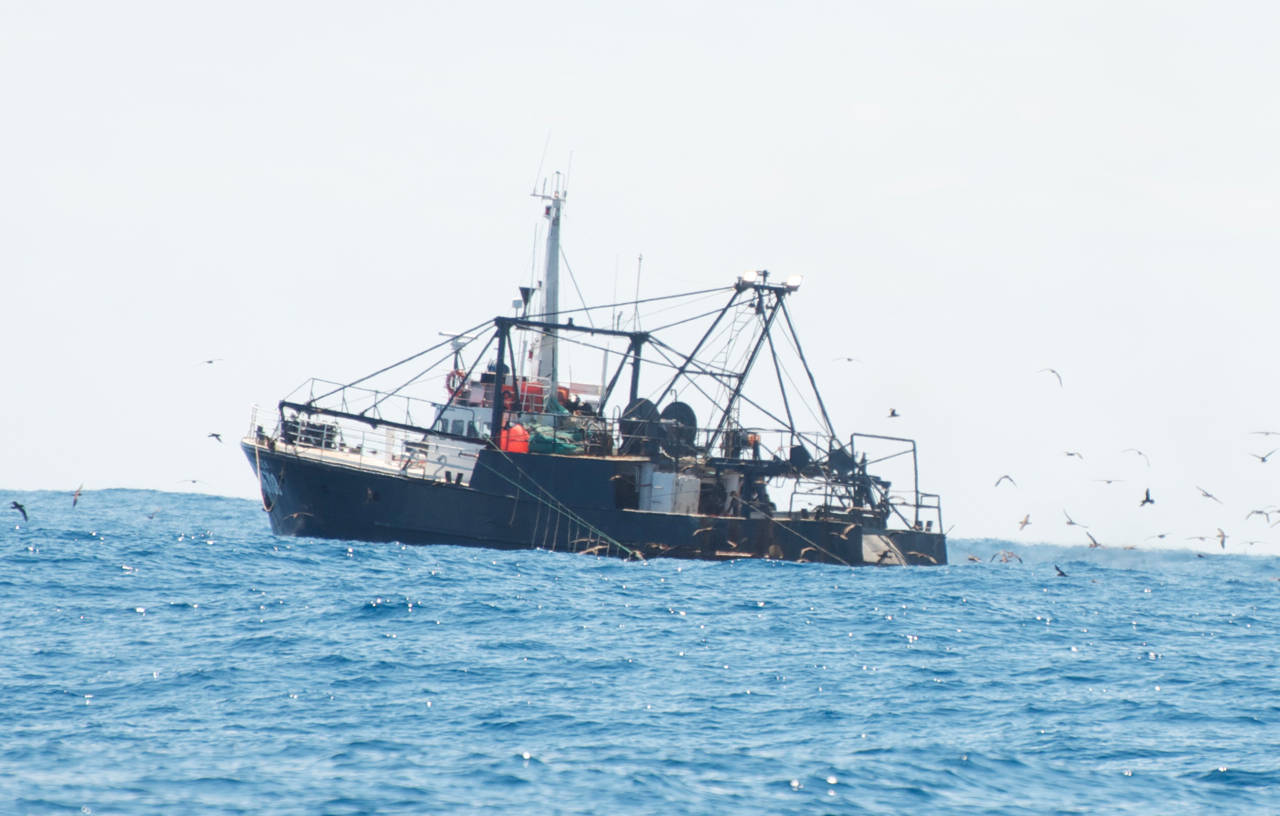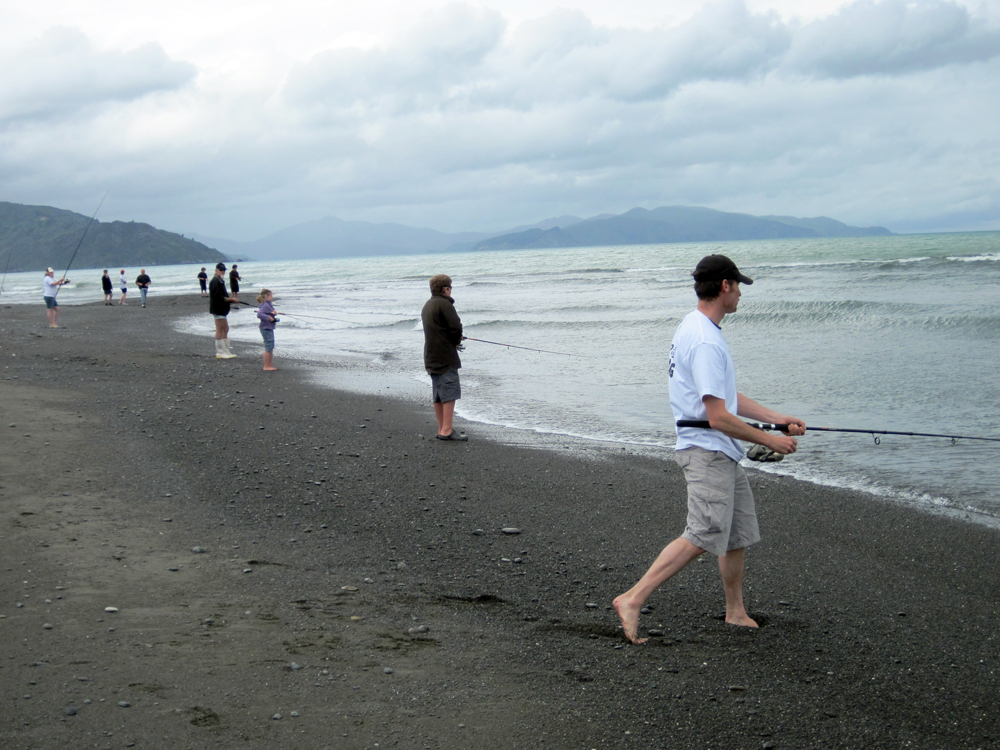Public contempt for Government inaction on fishing boat cameras
Media release
1 July 2020
Six years after the Government first promised cameras onboard commercial fishing boats to prevent dumping and protect vulnerable species, there are fewer than 100 vessels outfitted with the technology.
A Newshub investigation broadcast last night revealed an “explosive” recording in 2018 of Minister of Fisheries Stuart Nash blaming NZ First’s Winston Peters and Shane Jones for the delay in fitting cameras on around 1000 boats.
A 2019 Horizon Research poll showed 69% of New Zealanders think not enough is being done to stop dumping of unwanted catch by commercial fishers.
“The Government cannot ignore the public’s increasing frustration for those running interference and preventing Ministers from fulfilling their duties. The protection of bycatch species and monitoring dumping are core roles of Minister Nash and Fisheries New Zealand,” says Sam Woolford from public awareness group LegaSea.
“The Minister must be free to make decisions in the interests of rebuilding depleted fisheries for the benefit of all New Zealanders. Electronic monitoring is one element that can be readily addressed,” says Mr Woolford.
LegaSea and the New Zealand Sport Fishing Council recently released a plan named Rescue Fish that addresses the current regulatory capture where the industry and its regulatory body are too closely aligned and have the ability to sway political decision-making.
LegaSea spokesperson Sam Woolford says the Rescue Fish policy is an alternative to the Quota Management System (QMS) because the current situation is no longer acceptable.
“Over time fisheries management has become highly political. The QMS is clearly not functioning effectively. Our Rescue Fish policy is designed so there can be no outside influence of decision-making. All decisions will be based on strong principles and more effective legislation,” says Mr Woolford.
“Given past donations and NZ First’s ties to Talleys and other fishing companies it is important that we see a degree of separation from the decision-making processes”.
The New Zealand Sport Fishing Council President Bob Gutsell commended Newshub journalist Michael Morrah for breaking the news story wide open so the public can see what is going on behind closed doors.
“Clearly the QMS has had its day. It is not fit for purpose any longer and needs to be replaced. In good faith we have developed the Rescue Fish alternative so we can initiate the discussion on what a new fisheries management system might look like,” says Mr Gutsell.
To address any cost issues, the Rescue Fish policy proposes the Government own and control the monitoring equipment. Costs will be recovered through a new permitting system.
The groups say that any system that is able to be undermined in such a serious way needs reform and are calling on the Government to start a work programme as soon as possible to map out the reforms.
Public support for policy change is being sought through a petition and more information can be found on the Rescue Fish website.
ENDS
Newshub Michael Morrah story
https://www.newshub.co.nz/home/politics/2020/06/fisheries-minister-stuart-nash-blames-pressure-from-nz-first-for-delay-in-fishing-boat-cameras-in-recording.html
Rescue Fish policy. May 2020
https://rescuefish.co.nz/wp-content/uploads/2020/05/Rescue-Fish-policy-May-2020.pdf
Petition
LegaSea has created a petition that encourages support for reforms to replace the Quota Management System, which will result in a ban of coastal trawling, the creation of a healthier marine environment, boosted regional economies and enhanced food security. May 2020.
About LegaSea and the New Zealand Sport Fishing Council
LegaSea is a not-for-profit organisation established by the New Zealand Sport Fishing Council in 2012. The Council has 55 member clubs with 36,200 affiliates. LegaSea’s core roles are to elevate public awareness of the issues affecting New Zealand’s marine environment and to inspire public support to effect positive change. Its primary mission is to restore New Zealand’s coastal fisheries. The New Zealand Sport Fishing Council advocates for the responsible and sustainable management of New Zealand’s marine resources. To achieve its goals the Council funds education initiatives, commissions and funds relevant research projects, participates and contributes to fisheries management decisions.
Research
Horizon Research Fisheries Policy survey, May 23-31, 2019. 1,083 respondents 18+ years. Maximum margin of error +/- 3%.
https://rescuefish.co.nz/wp-content/uploads/2019/08/Horizon-Survey-Fisheries-Policy-June-2019.pdf
Talley letter
Letter from Talley Director, Andrew Talley, to MPI Director of Fisheries Management Stuart Anderson. 2 July 2018
https://rescuefish.co.nz/wp-content/uploads/2020/06/Talley-cameras-discards-2-July-2018.pdf



